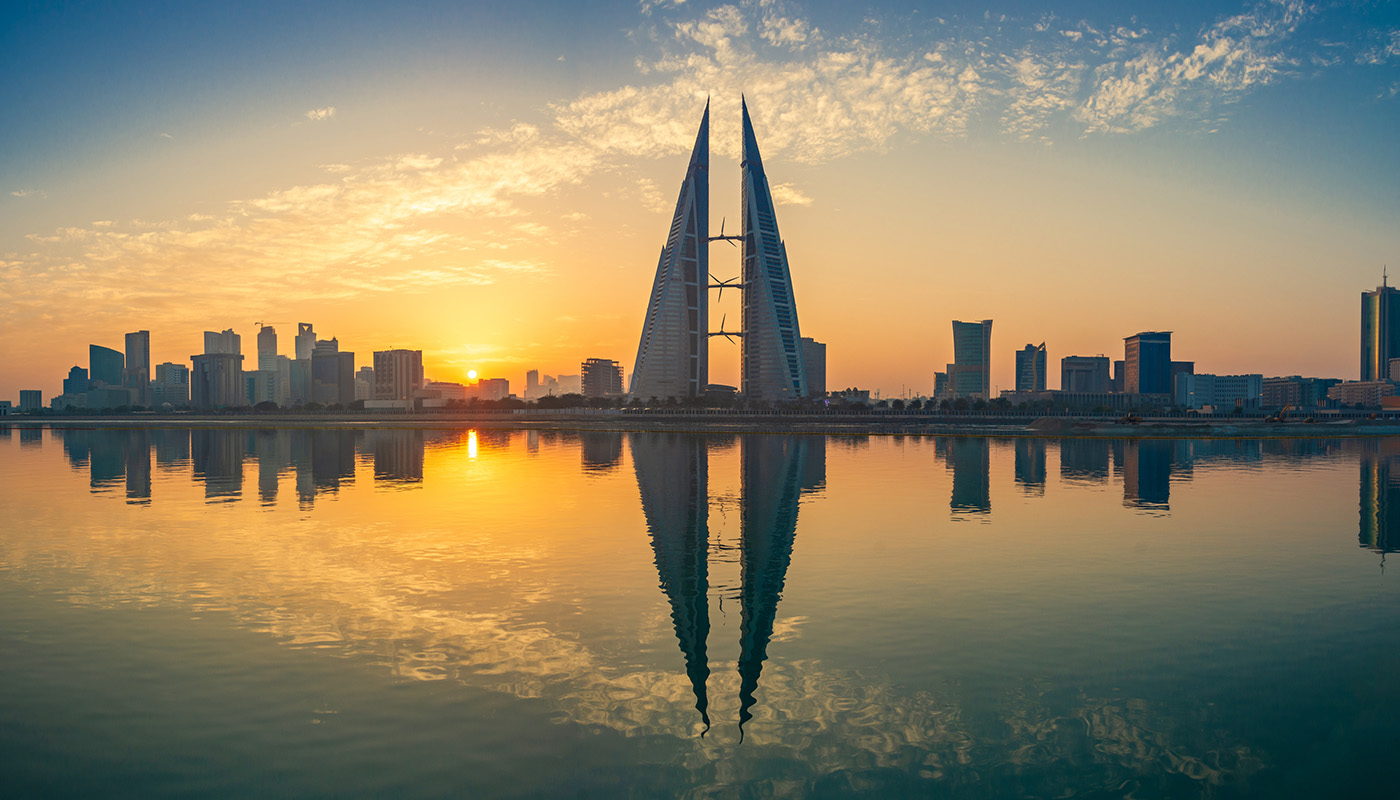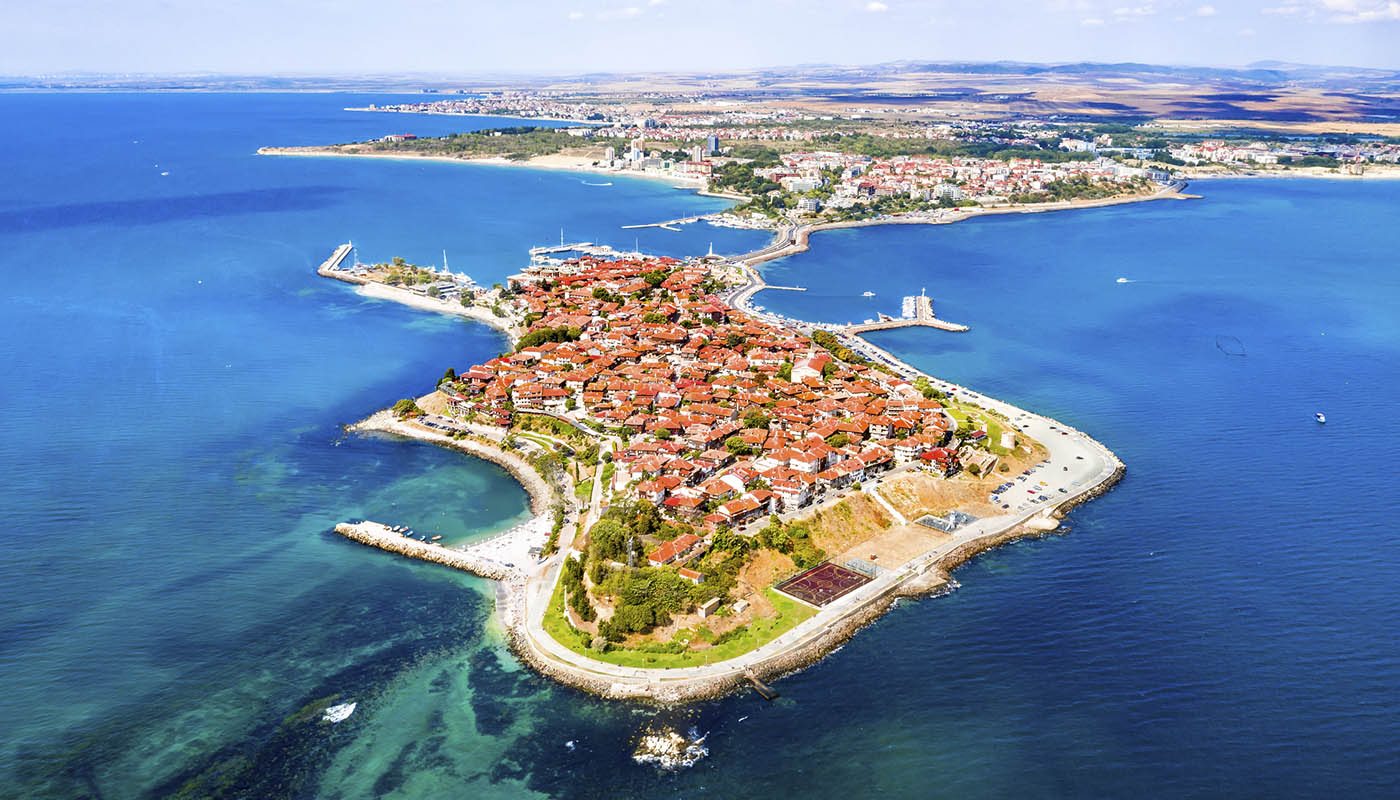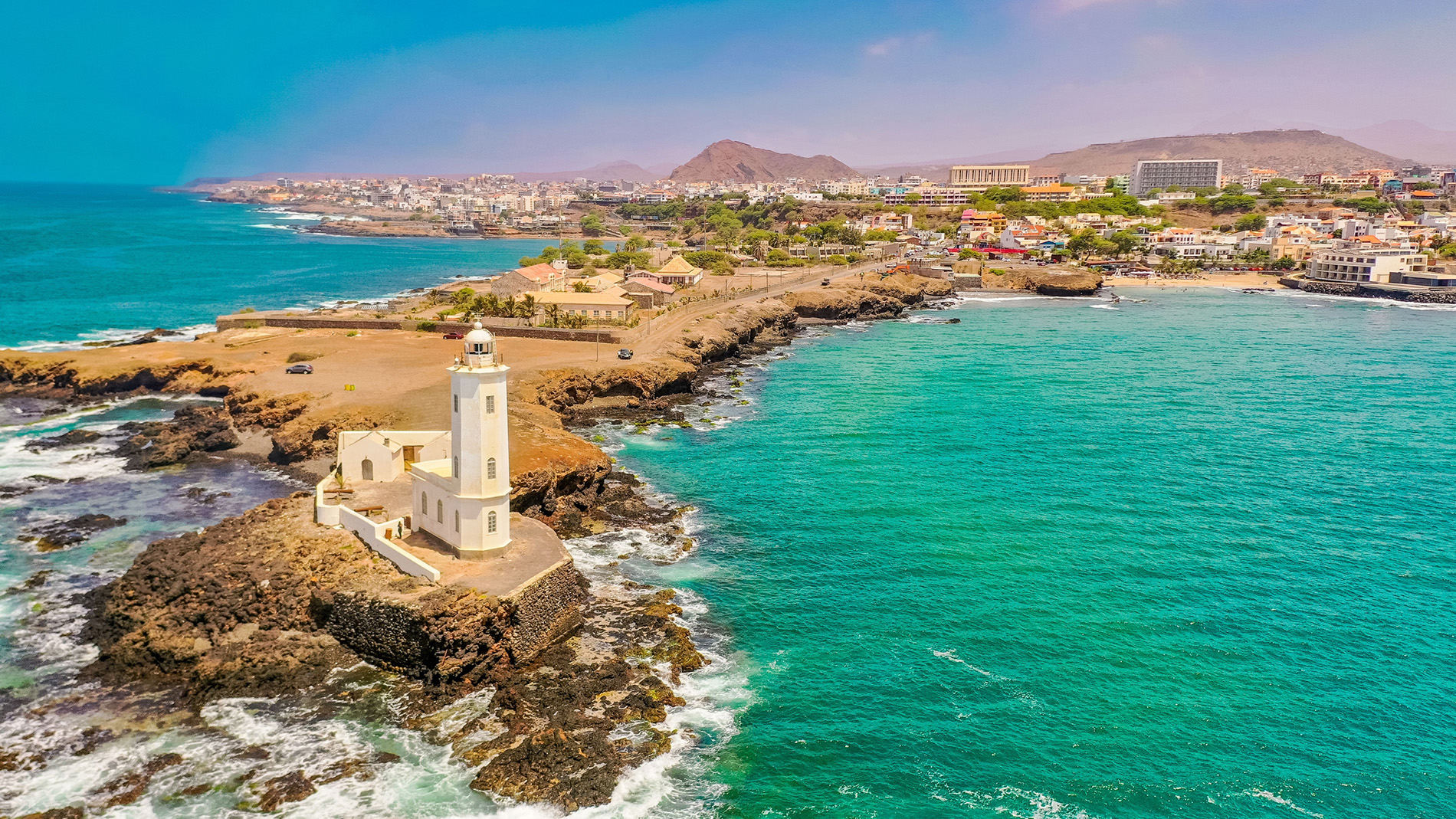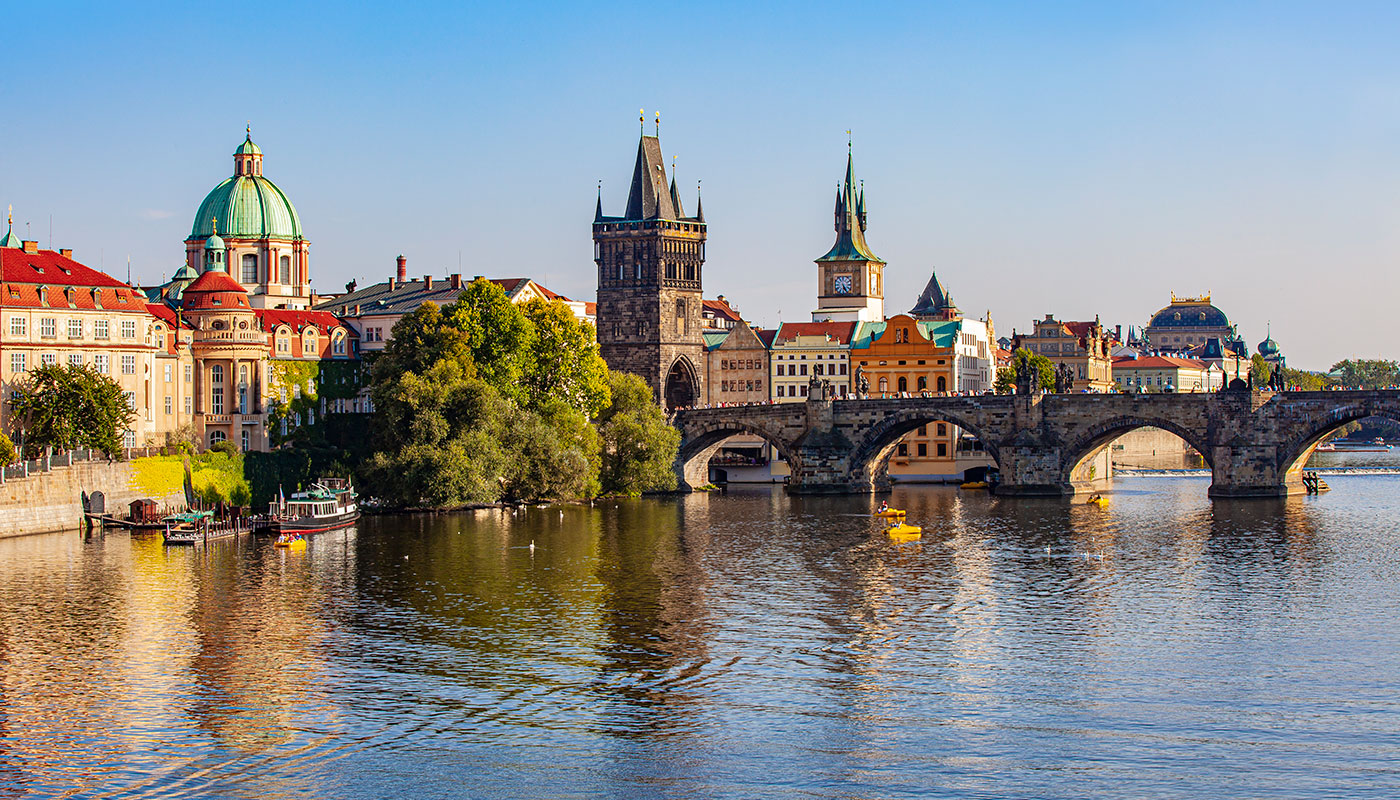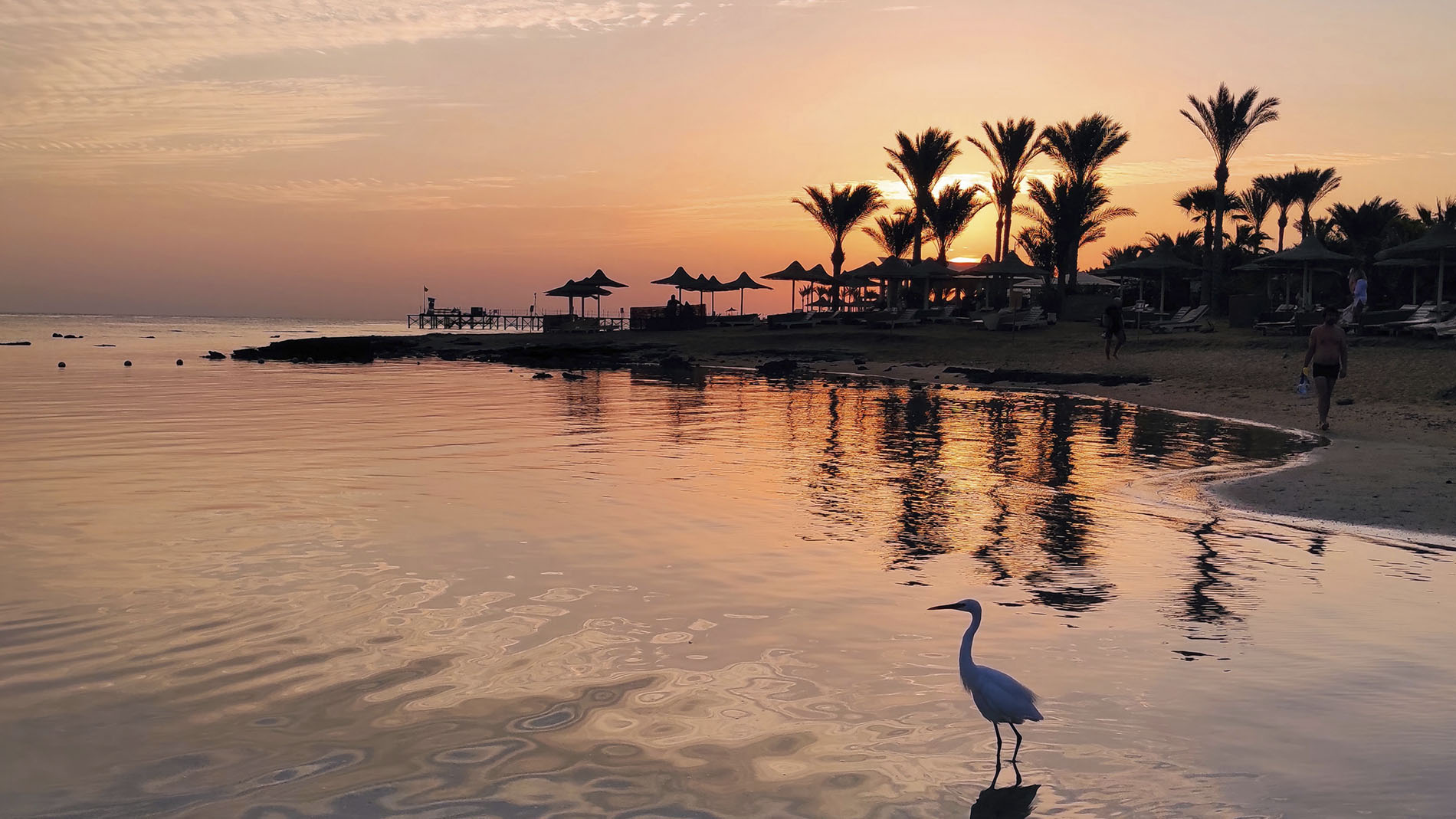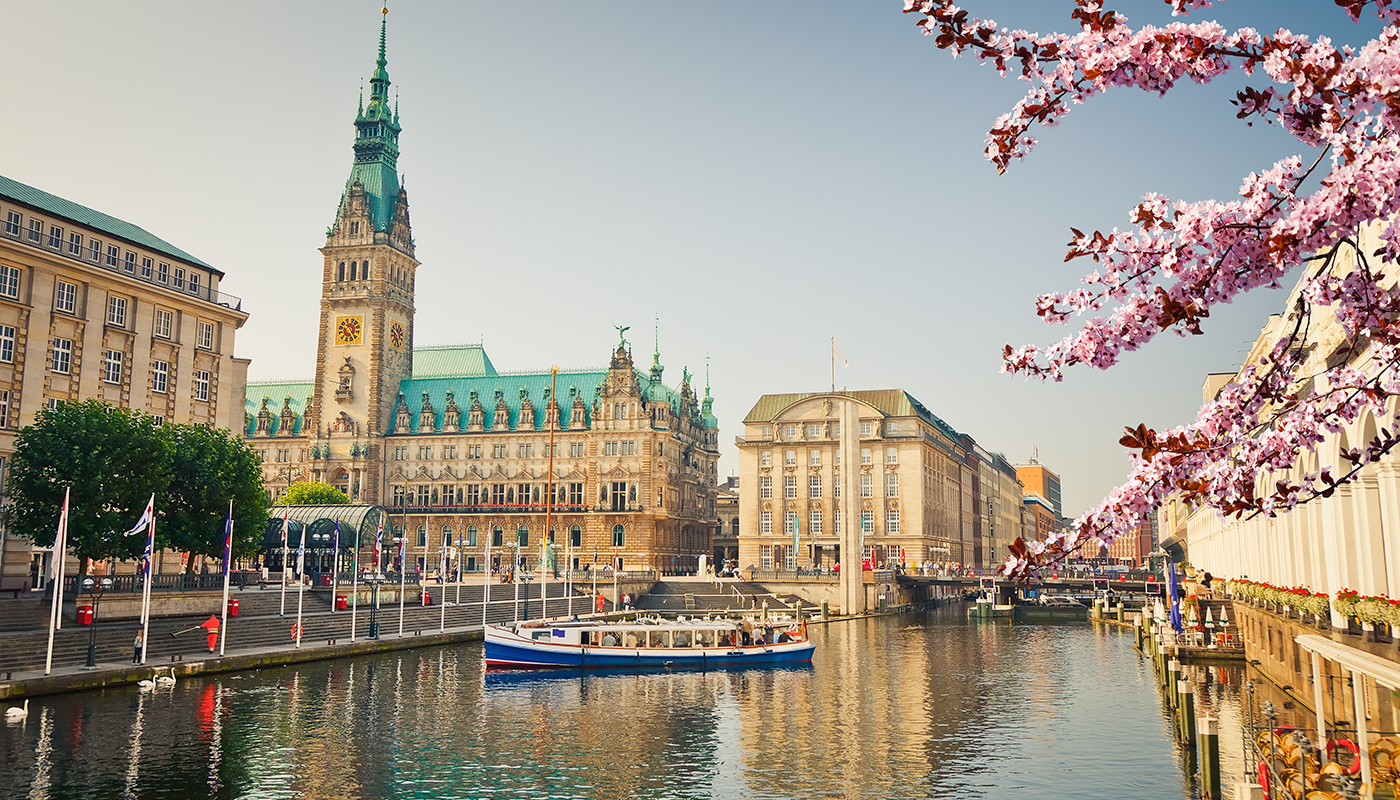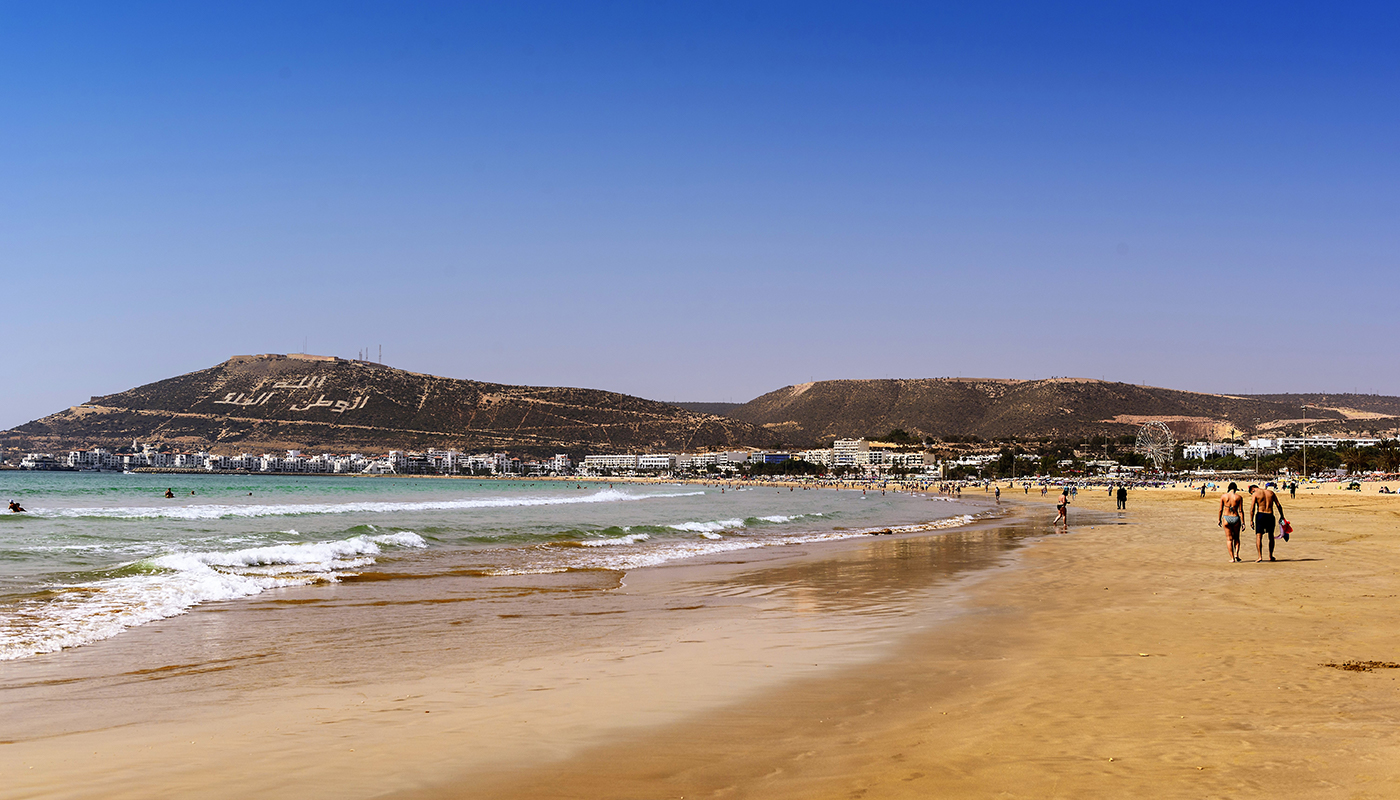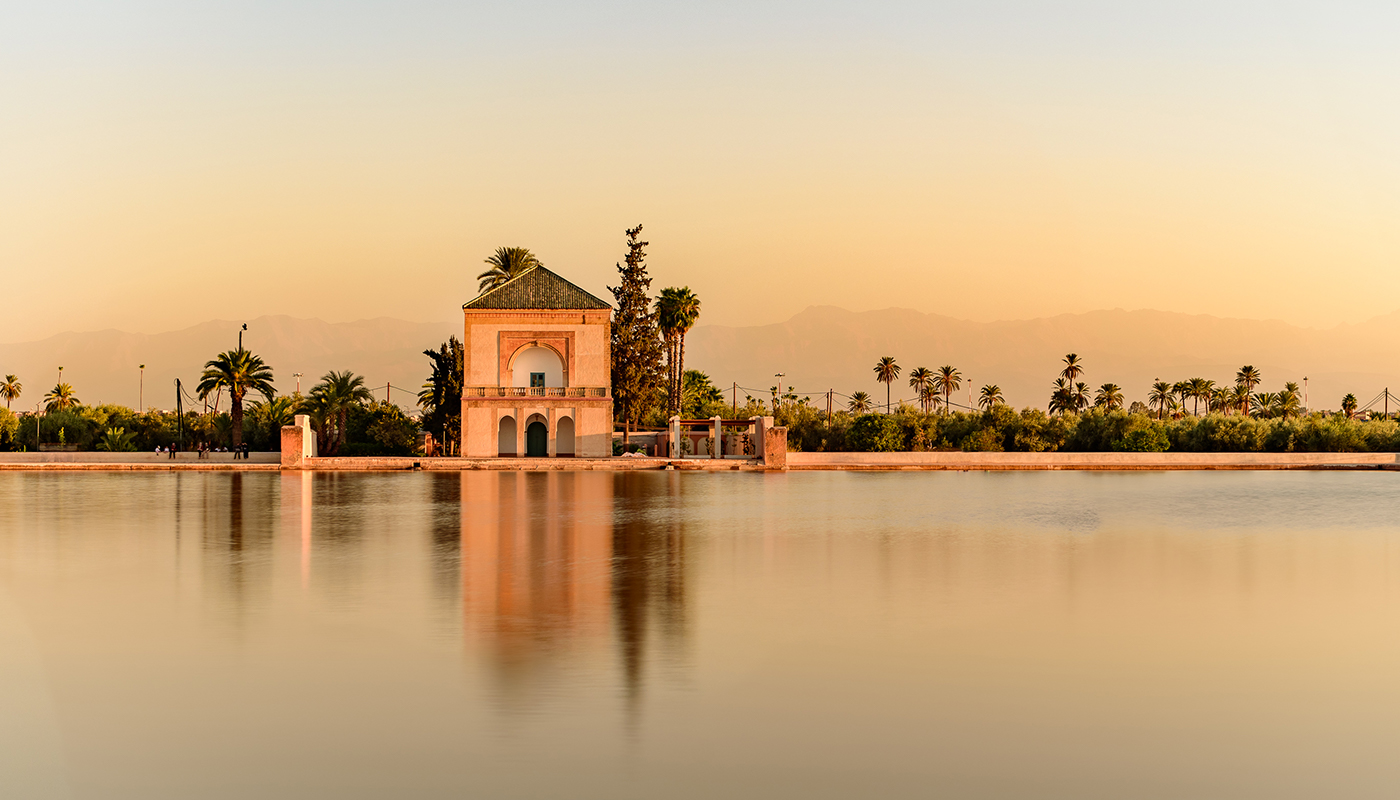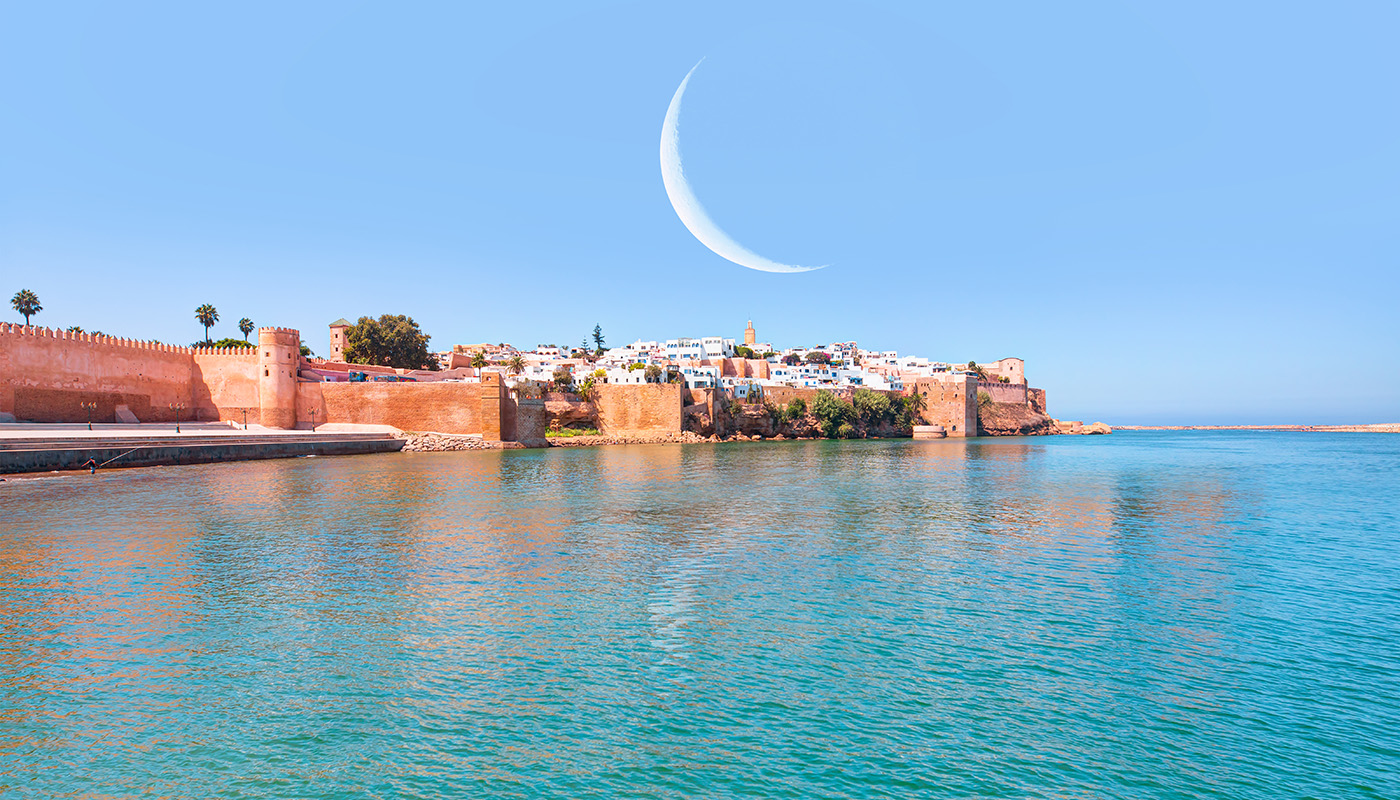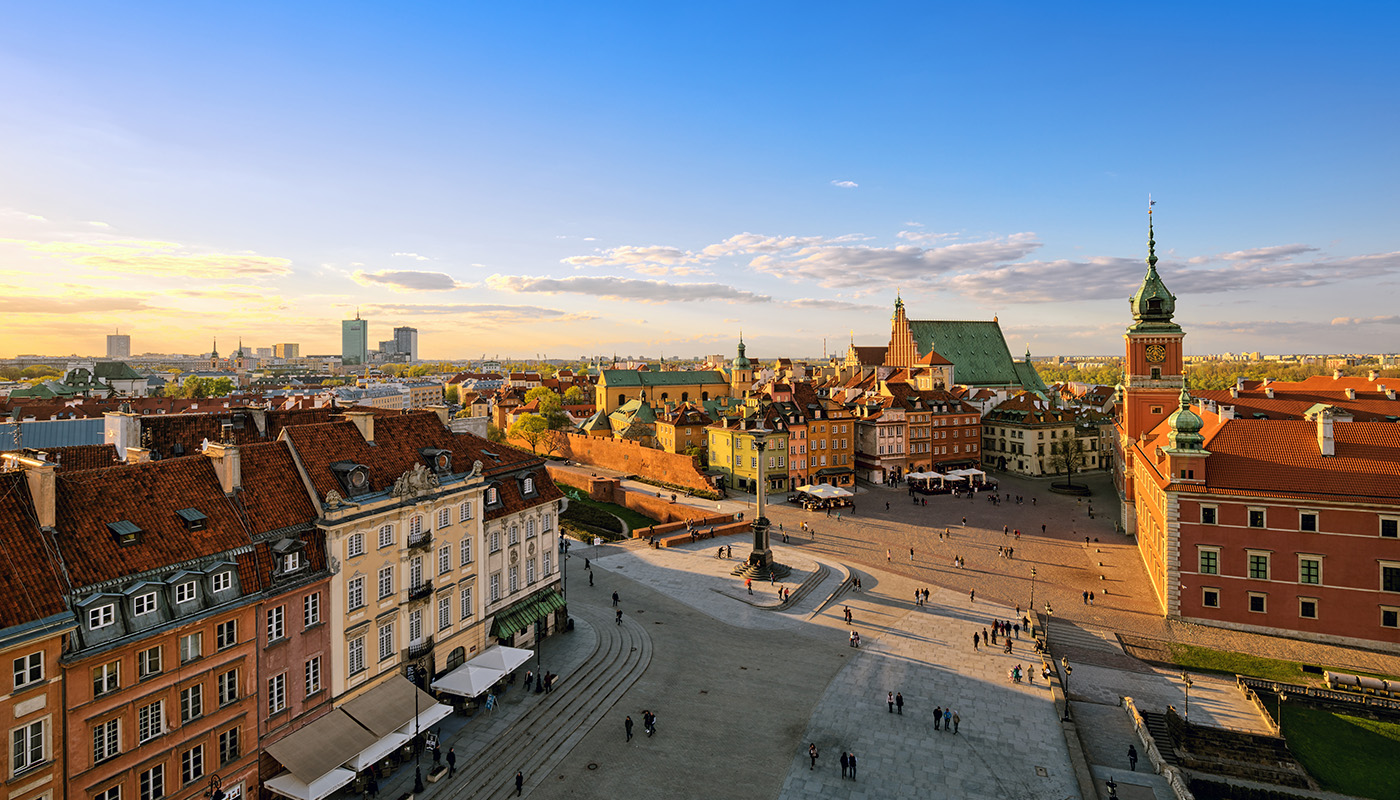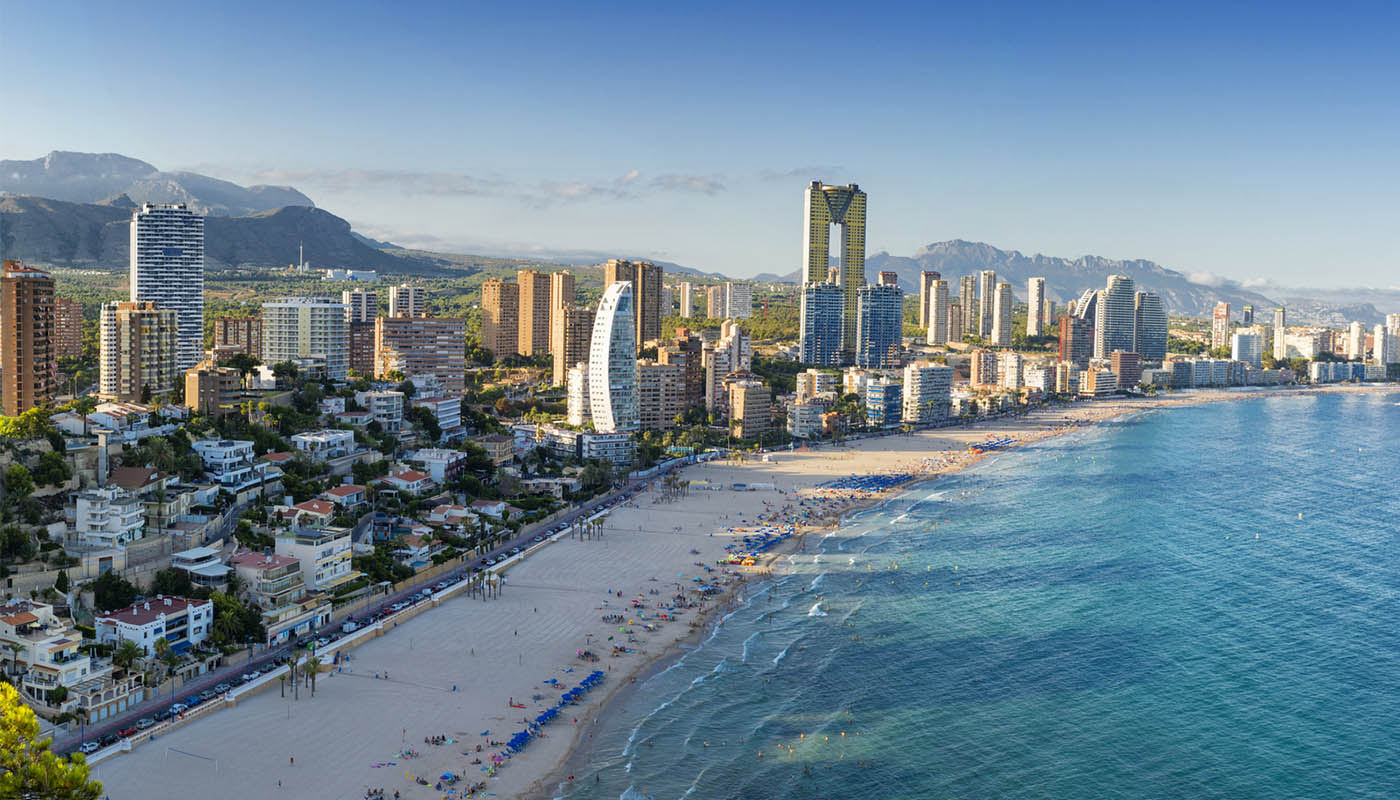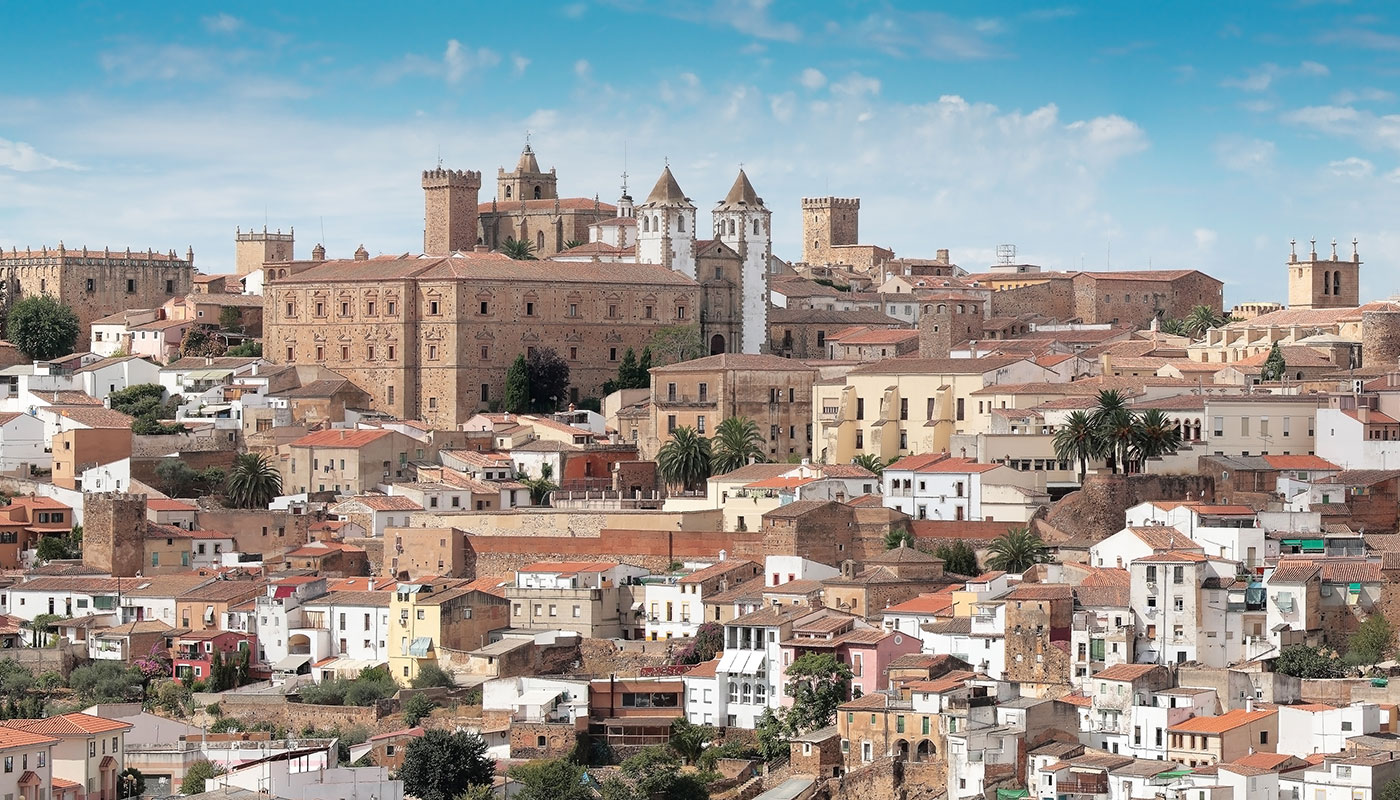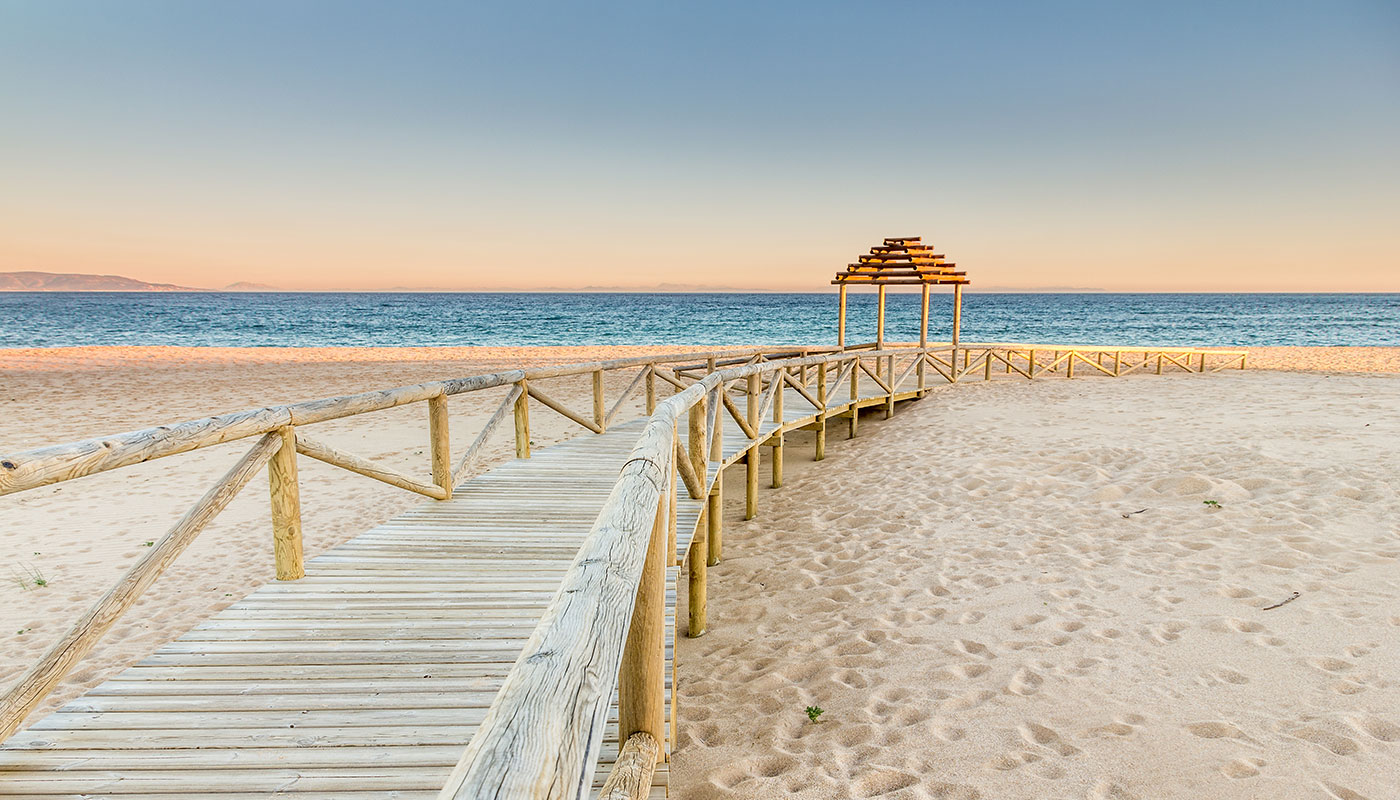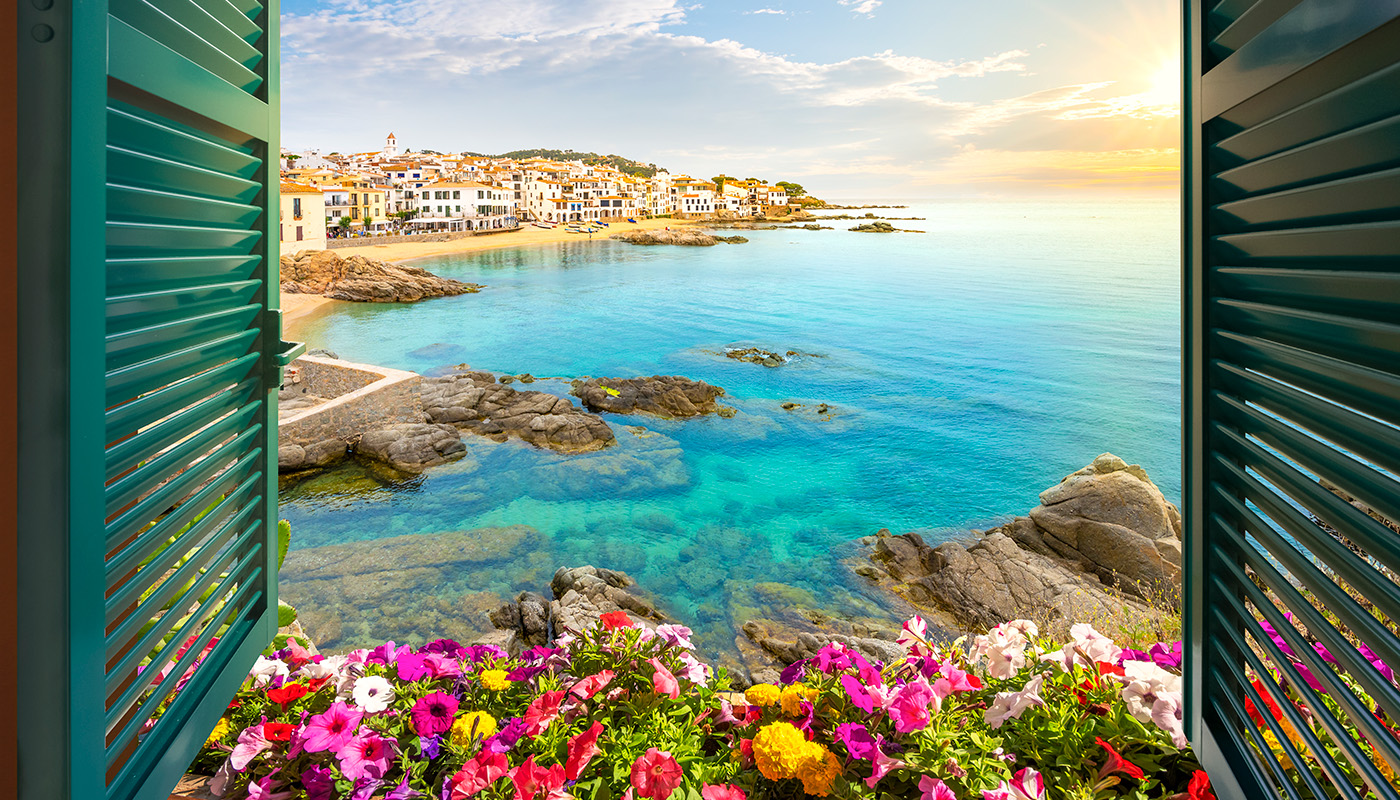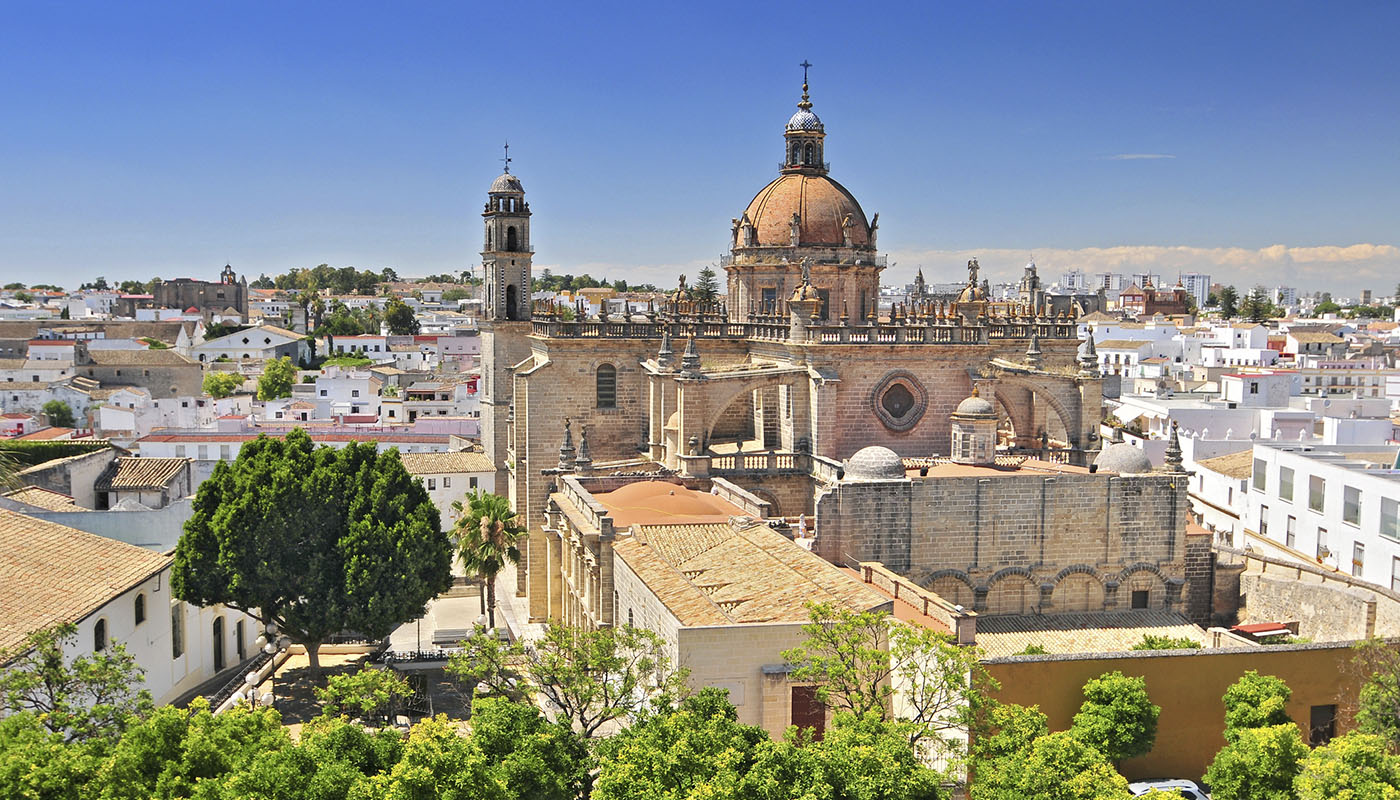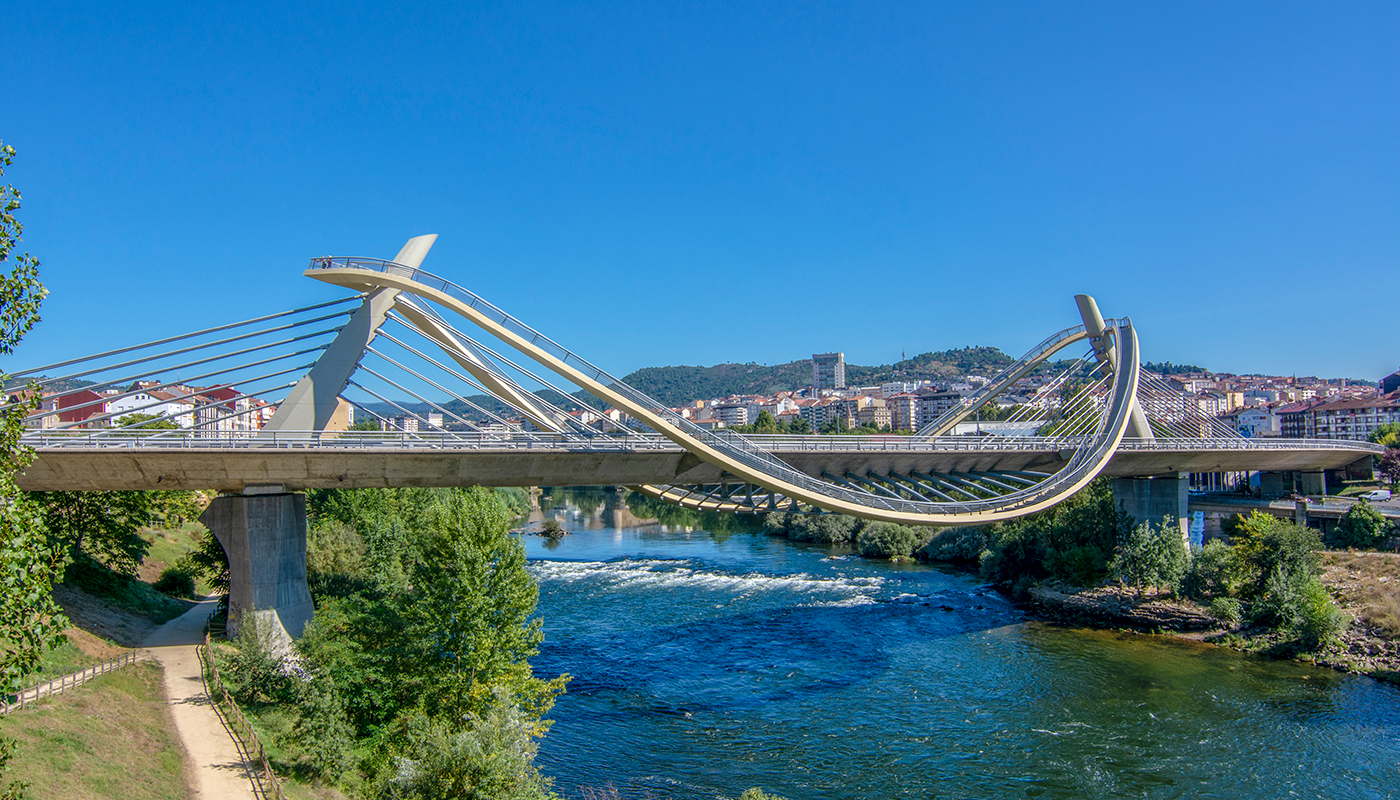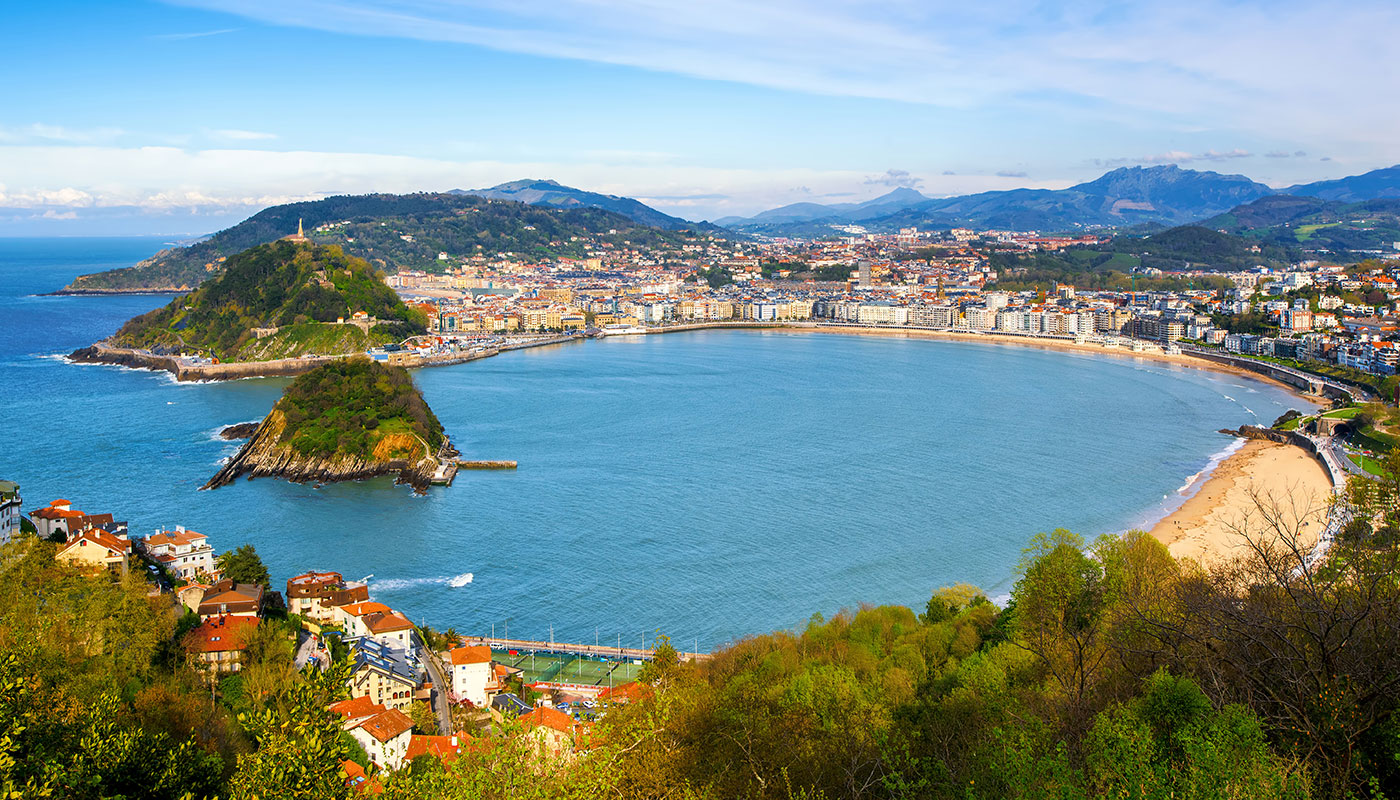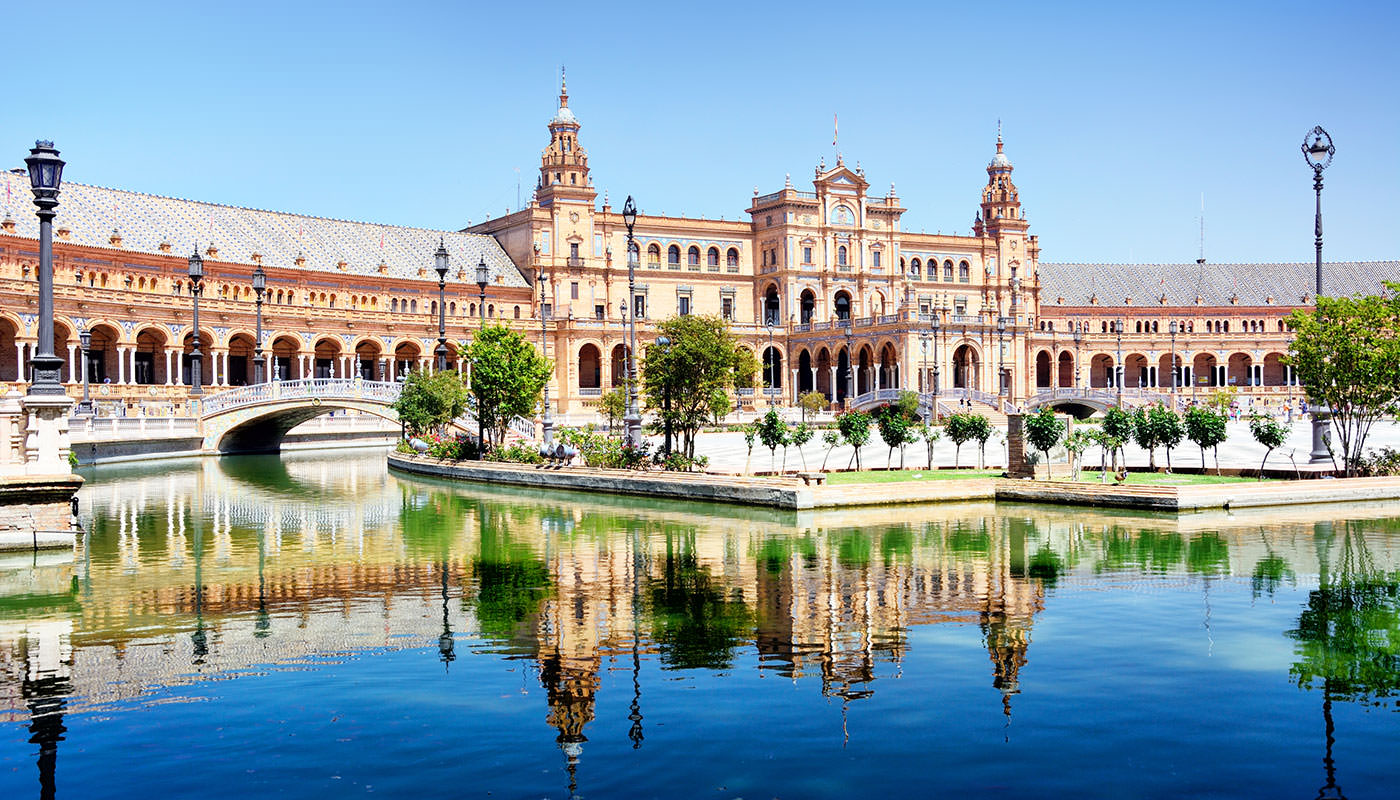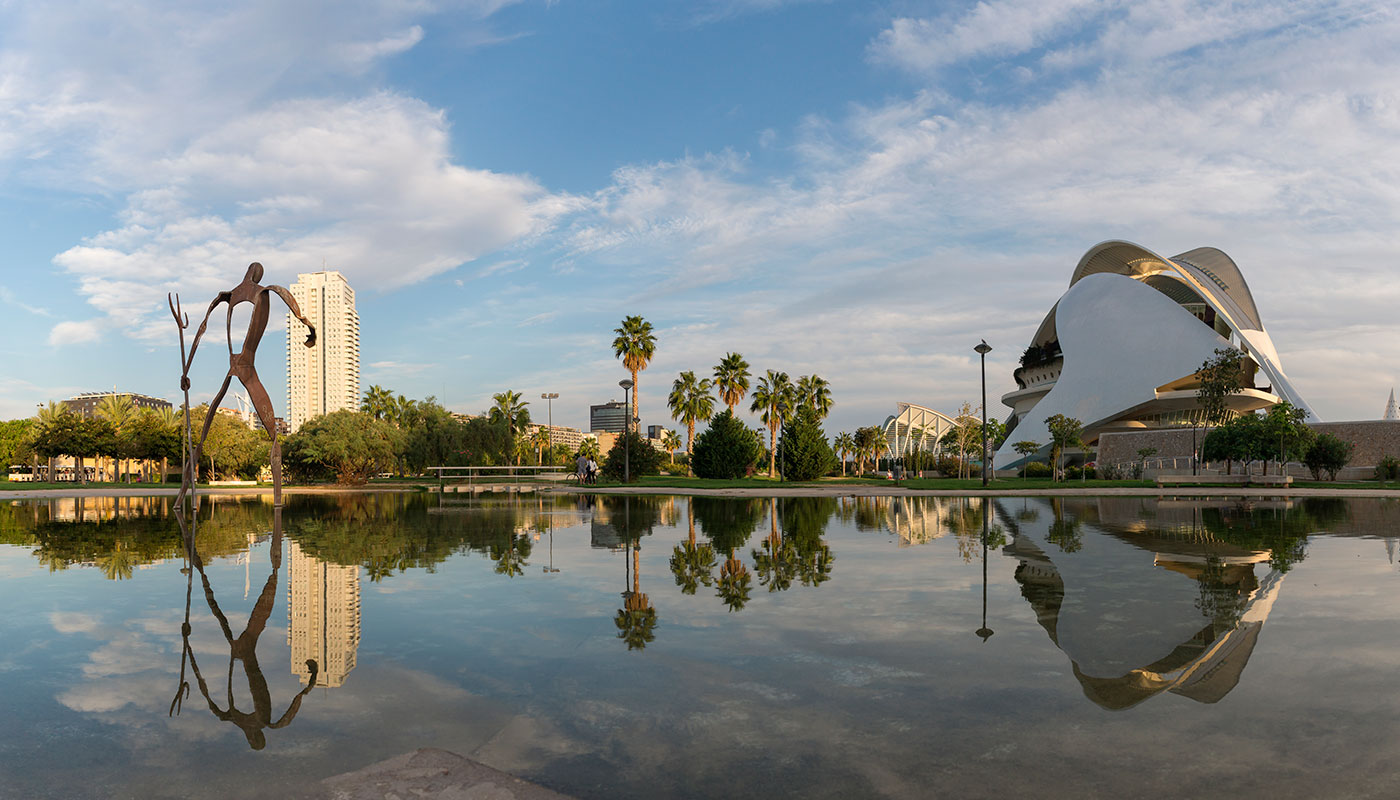Thailand is one of world’s biggest tourist destinations. “The land of smiles” offers travellers a multitude of attractions, including idyllic beaches, exotic nature, ancient history, delicious food, and the warm hospitality of the Thai people.
Thailand is a safe country, except for a few risky areas that should be avoided, according to the Spanish Foreign Ministry. These areas include the southern provinces of Yala, Pattani, and Narathiwat (known as the Deep South); the area bordering Myanmar and Laos; and the Thai side of the border with Cambodia near the Preah Vihear, Ta Krabey and Ta Moan temples.
If you’d like to visit this idyllic destination, read on for a list of advice about travelling to Thailand.
Best time of year to trave
When is the best time of year to visit Thailand? Between November and February, when the temperature is pleasant, the weather is drier, and the land is covered in bright sunshine. These months follow the monsoon season (from July to October), when evening downpours and flooding affect Bangkok and other cities, and there are strong currents along the coastline so you have to take extra care when visiting the beach.
It’s extremely hot and dry from April to June and average temperatures in Bangkok are around 30 degrees, although cool breezes by the coast give you a break from the heat.
Entry requirements
The main entry requirement for Thailand is having a passport that is valid for at least six months when you enter the country. This means you’ll need to renew your passport before you travel if it’s due to expire in under six months.
You’ll need a visa if you’re planning to stay in Thailand for over 30 days, but you can request an extension at the immigration office while you are there. However, if you enter the country over a land border, the maximum length of time you can stay is 15 days.
Finally, if you are travelling for any purpose other than tourism or for longer than is permitted by a tourist visa, you’ll need to process the correct visa at your nearest Thai embassy or by visiting this website.
Vaccines and travel insurance
No vaccines are compulsory to visit Thailand. However, it’s well worth investigating which vaccines are recommended before you travel, even if they aren’t obligatory. These may include hepatitis A and B, tetanus, and Japanese encephalitis, among others.
According to the Spanish Foreign Ministry, there is a high prevalence of dengue fever, especially during the rainy season (May-October). If you’re unfortunate enough to contract dengue fever, you must see a doctor immediately; this tropical disease can be cured with rest but can also be fatal. The Ministry also strongly recommends using mosquito repellent to reduce the risk of contracting malaria or the zika virus, and warns against the high rate of sexually transmitted diseases, such as AIDS (HIV).
It’s always sensible to travel with health insurance that covers your destination so you can be given health care at a medical centre or hospital if necessary. This is particularly important because you have to pay for medical attention and to use a clinic or hospital if you don’t have insurance, and it could make a big hole in your wallet.
Currency and payment
The official currency of Thailand is the Thai baht (THB) and the current exchange rate (April 2024) is 1 euro = 39.24 THB.
There is a wide network of cash machines across Thailand where you can take out money in cash, and most establishments accept payment by credit card. You can also change euros and dollars to Thai baht at currency exchanges in cities. However, it’s always better to change money to the local currency at a bank, or at the airport when you arrive, and you should keep the receipts for any money you exchange.
Transport
Thailand is a hugely popular tourist destination and travellers have a wide range of options when it comes to travelling around the country: aeroplane, bus, and train.
Travelling by plane around the “land of smiles” is easy because there are several airports; the main ones are: Suvarnabhumi in Bangkok, Phuket, Chiang Mai, Hat Yai, and Koh Samui. The most popular low cost airline for internal flights is Air Asia.
Bus is probably the most popular mode of transport for travelling around Thailand. Bangkok is the base for long distance routes, and buses depart from different stations depending on the destination (the main bus stations are Mo Chit, in the north, and Ekkamai, in the east.) You can buy several types of ticket, from low cost to VIP.
Thailand also has a rail network with 4,000 km of railway lines. Tickets are more expensive than the bus, but it is a safer way of travelling. It’s a good idea to book in advance if you know your route beforehand.
Adventurous travellers can also rent cars, vans, and motorbikes. Make sure to drive with care because, while the roads are in good condition, the way people drive in Thailand is rather more reckless than in European countries, by way of comparison. You’ll need an international driving licence (a European B permit for motorbikes), and don’t forget that vehicles drive on the left in Thailand.
The best hotels in Sri Lanka
If you’d like to experience what it means to be in Thai paradise, the best choice is a hotel like the Barceló Coconut Island on Coconut Island, a short boat ride from Phuket. The hotel has a free boat transfer service from Laem Hin Lagoon, and the taxi service departs every hour, transferring guests to the hotel in 7 minutes.
This five-star hotel is in Phang Nga Bay, close to idyllic beaches and stunning landscapes, and its villas and suites offer guests every possible comfort. Food at the hotel includes everything from the best of Thai, Japanese, and Asian-fusion cuisine to oven-fired pizzas and other popular Mediterranean dishes.
The Barceló Coconut Island also has services that include a Wellness & Fitness centre and runs numerous activities such as boat trips, fishing excursions, mountain biking, and cultural tours, etc.




